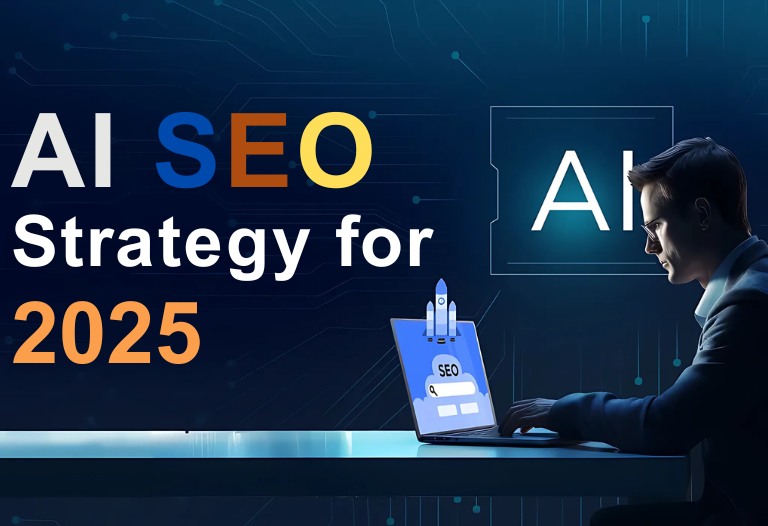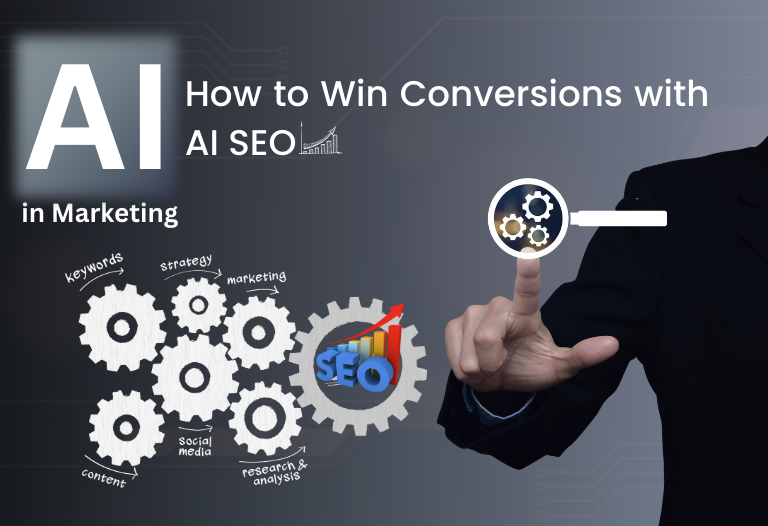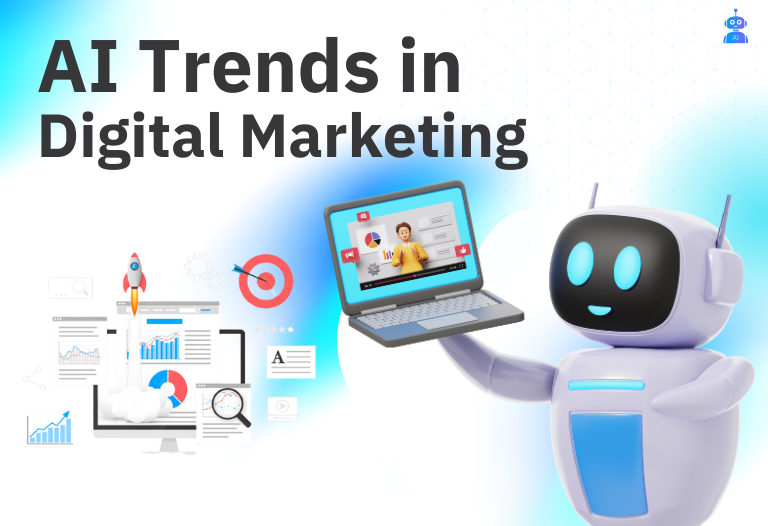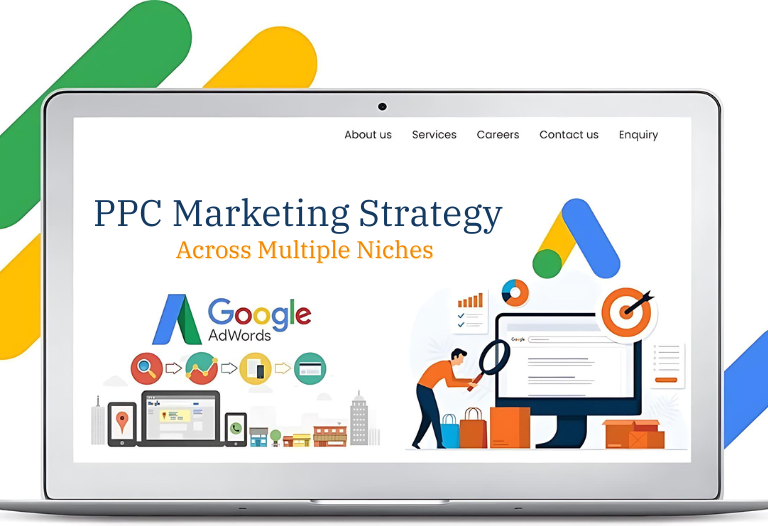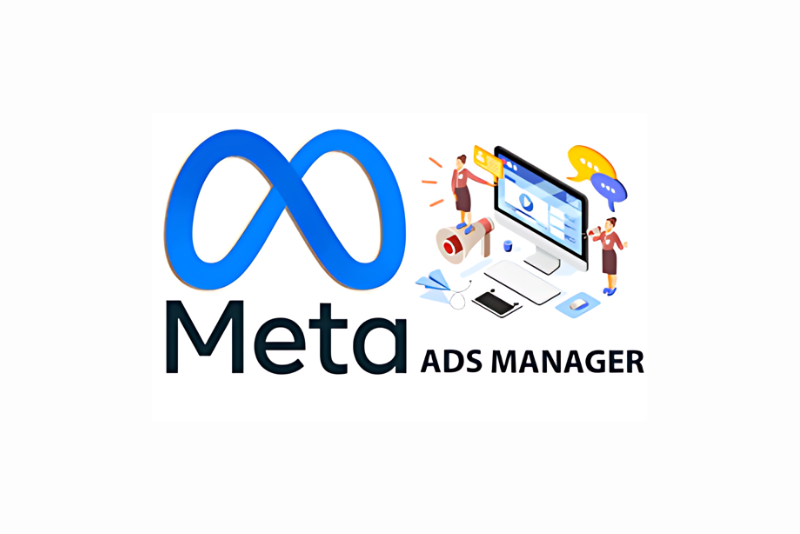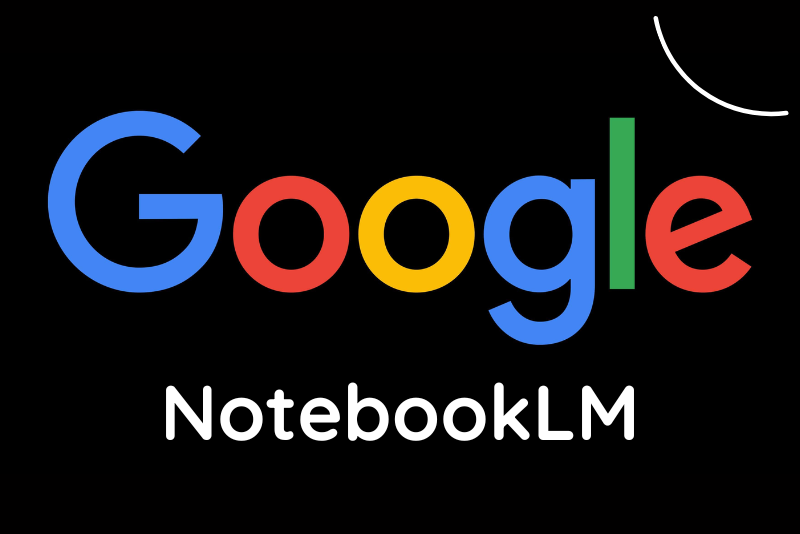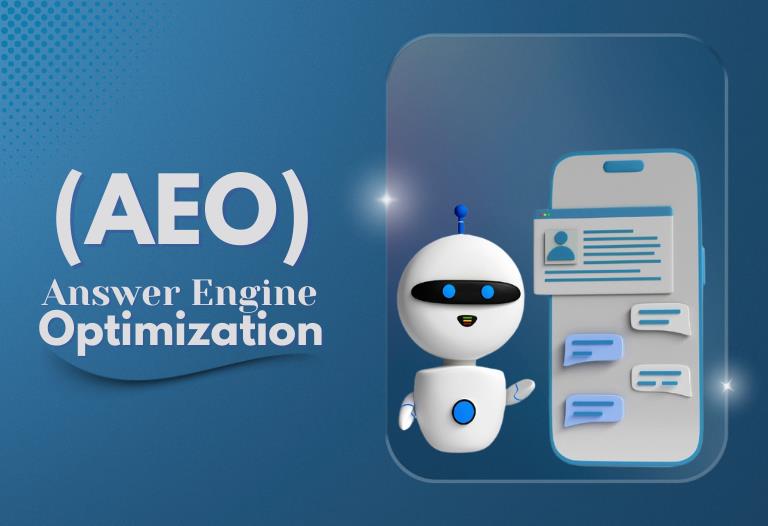
From Keywords to Conversations: A Shift in How We Search
In the constantly shifting digital arena, staying ahead means keeping pace with how people look for information. Conventional Search Engine Optimization (SEO) has long remained the foundation of online success. However, with the advent of machine learning-powered tools such as ChatGPT, Google’s Search Generative Experience (SGE), and voice assistants, a new landscape has opened: Answer Engine Optimization (AEO).
While in the early days, getting ranked was all about cramming in the right keywords and creating authoritative backlinks, the digital landscape of the present is shifting dramatically. When you type in a question on Google, it doesn’t follow up with a list of links but shows a clear, direct answer with proper citations.
Thanks to AI, users aren’t just typing keywords anymore. They’re asking full questions to platforms like ChatGPT, Perplexity, or Gemini. They’re talking to Alexa or Siri while driving. And increasingly, search engines themselves are transforming, summarizing content, and delivering direct answers through features like Google’s Search Generative Experience (SGE) or Microsoft’s Copilot.
In this new world, being visible on page one of search results isn’t enough. You need to be the Answer.
Welcome to Answer Engine Optimization (AEO).
What is AEO, and Why Is Everyone Talking About It?
Answer Engine Optimization is the AI-driven practice of tailoring your content to provide clear, concise, and direct answers to user questions. Answers that AI platforms can easily extract, understand, and display.
Where traditional SEO is about ranking in a list, AEO is about being the single result that voice assistants or AI bots pull up.
SEO says, “Here are ten pages you might want to check out.”
AEO says, “Here’s the information you need.”
This change in how people seek and receive information is more than a trend. It’s a shift in behavior—and businesses that don’t adapt risk becoming invisible.
AEO vs. SEO: It’s Not Either-Or—It’s Both
Let’s be clear: AEO doesn’t replace SEO. Instead, it builds on it.
SEO is still crucial. However, while SEO helps users find your content, AEO helps users get clear, direct answers and directions from you.
Here’s a simple way to look at it:
- SEO: Someone searches “best pizza near me.” SEO practices ensure your pizzeria cafe is listed high on the search result page.
- AEO: Someone asks their voice assistant, “Where should I get pizza tonight?” AEO helps the user by answering your place aloud.
The two approaches share common foundations: content quality, authority, and technical optimization. However, AEO goes further by aligning your content with conversational search behavior and AI-driven interfaces like Google’s Search Generative Experience (SGE).
Why AEO is No Longer Optional
We’ve officially entered the Age of the Answer Engine. And with that comes new challenges and new opportunities. AI technologies aggregate information and deliver the most pertinent answers by eliminating the need for people to click on several links. Optimizing for AEO enables businesses to:
Increase Visibility in the AI Era
Position Zero, the place where featured snippets and AI-generated summaries appear, is where the user’s attention goes. AEO practices help you land there, even above traditional search results.
Enhanced Trust and Authority
When AI consistently chooses your content, users start seeing your brand as an expert. The more your answers get selected, the more trust you build.
Improved User Experience
People want answers fast. AEO prioritizes rapidness along with clarity, relevance, and usefulness, which are key to engaging and satisfying modern users.
Competitive Edge
Most brands are still playing catch-up. Early adoption of AEO puts you ahead of the curve, especially as AI integration in search accelerates.
How Answer Engines Work: The Basics You Need to Know
To optimize for answer engines, you need to understand how they choose answers. It’s not magic—it’s logic:
- Intent Analysis: The AI decodes the question and carries out extensive research. Is the user seeking a definition, how-to steps, or a comparison?
- Data Scanning: The system combs the web, including structured data, FAQs, and trustworthy sources to find the relevant answers.
- Natural Language Processing (NLP): With the help of NLP, the AI understands phrasing, context, and nuances, just like a human reader would.
- Answer Extraction: AI pulls concise information from content with lists, short paragraphs, tables, or schema markup.
- Ranking and Trustworthiness: The system selects the most relevant, clearest, and most trusted Answer.
In essence, to succeed in AEO, your content must be:
- Readable by AI
- Direct and relevant
- Backed by trust and authority
Your AEO Playbook: 9 Key Strategies for Success
1. Know the Questions Your Audience Is Asking
AEO is question-first. That means going beyond keywords and digging into actual user intent.
Where to find great questions:
- Google’s “People Also Ask”
- Your own Google Search Console data
- Tools like Answer the Public or Uber, suggest
- Customer support logs, sales calls, Reddit threads, Quora
Focus primarily on long-tail queries. That is how real people speak and ask the AI and voice assistants.
2. Lead with the Answer
Don’t bury the gold. Start your content with a direct, straightforward answer. It should be ideally curated between 40–50 words for snippet-friendly formatting.
Be helpful. Be concise. Be obvious. AI doesn’t have time to search your intro for the most valuable information.
3. Use Schema Markup to Speak AI’s Language
Structured data (like FAQs, How To, or Organization schema) helps machines understand your content’s structure.
Think of it like labeling parts of your content:
“This is the question.”
“This is the step-by-step.”
“This is the author.”
Schema increases the chance that your content appears in rich results or is selected for voice search responses.
4. Target Position Zero: Featured Snippets
Want to be above the #1 organic result? That’s Position Zero.
Here’s how to aim for it:
- Use question-based headers
- Format content clearly: short paragraphs, numbered steps, bullet points, tables
- Use direct answers immediately below each header
5. Build Authority and Trust
AI won’t quote you if you’re not trustworthy.
Here’s how to earn that trust:
- Follow E-E-A-T principles (Experience, Expertise, Authoritativeness, Trust)
- Publish accurate, well-researched content
- Get high-quality backlinks
- Promote customer reviews and media mentions
- Showcase author credentials and unique data
6. Write Like People Talk (Especially for Voice Search)
Voice search is growing rapidly, and it sounds very different from typed search.
Typed: “Best electric SUV 2024”
Spoken: “What’s the best electric SUV this year?”
To rank for Voice Search queries, use a natural, conversational tone. Keep your answers around 30 words for voice responses. Use schema and FAQ formatting to increase your chances of being chosen.
7. Structure Your Content for Skimmers and Bots
Excellent formatting helps both humans and AI scan your content fast.
Your structure should include:
- H2s and H3s for clear topic breaks
- Short paragraphs (2–3 sentences max)
- Bullet points and numbered lists
- FAQ sections with bolded questions
- Tables for comparison
- Alt text for images and transcripts for videos
8. Don’t Ignore the Technical Side
AEO, while conducting research for point zero, still relies on solid SEO foundations:
- Fast-loading pages
- Mobile responsiveness
- Clear internal linking
- Clean, crawlable site structure
- Secure HTTPS
Without these, AI might not even see your beautifully optimized content.
9. Encourage Clicks, Even When You’ve got the Answer
Ironically, great AEO can reduce click-throughs if your content answers everything upfront.
So how do you balance that?
Add value hooks:
“Want detailed strategies? Check out the full guide.”
“We’ve broken this down further in our resource library.”
Give people a reason to click and later reward them when they do.
Common AEO Pitfalls to Avoid
Even the best strategies can fail if you fall into these traps:
- Ignoring intent and writing only for keywords
- Forgetting to add schema markup
- Using overly complex or bloated answers
- Failing to optimize for mobile or voice
- Publishing outdated content
- Poor content formatting
- Keyword stuffing in snippets
- Stay clear, stay current, and stay user focused.
How to Measure AEO Success
Tracking AEO can be tricky; clicks aren’t always the goal. Here’s what to monitor instead:
- Featured Snippet Appearances
- “People Also Ask” Inclusions
- Engagement metrics (bounce rate, time on page)
- Voice assistant test results
- Structured data validation via Google’s Rich Results Test
And don’t forget: AEO is an ongoing process. Update content regularly, watch for trends, and tweak based on data.
Conclusion: It’s Time to Become the Answer
The future of search isn’t about ranking higher. It’s about being the direct answer people trust.
AEO positions your brand as the Answer, delivering clarity, speed, and relevance in a noisy, AI-powered world. Whether it’s voice, chatbot, or search summary, your content must be ready to respond.
So don’t just optimize, humanize, clarify, and answer.
This is your moment to step into Position Zero and own it.
FAQs: Answer Engine Optimization (AEO)
1. Is Answer Engine Optimization the same as SEO?
Not quite. SEO is about helping search engines find and rank your content. AEO is about assisting AI-powered platforms in understanding and delivering your content as the actual Answer. You still need SEO, but AEO ensures you don’t just get listed; you get chosen.
2. How does AEO affect voice search?
AEO is built for voice search. When someone talks to Siri, Alexa, or Google Assistant, they seek quick, straightforward answers. If your content is written in a natural, conversational tone and structured correctly, it’s far more likely to be the Answer that gets read out loud.
3. What kind of content works best for AEO?
Think FAQs, how-to guides, short step-by-step, and clear definitions. Any content that directly and concisely answers a user’s question in plain language is prime AEO material. Keep it structured, use schema, and aim for clarity over cleverness.
4. Do I need to change my entire content strategy for AEO?
Not necessarily. You need to layer AEO principles over what you’re already doing. That means focusing more on user intent, formatting content cleanly, and answering questions right up front. It’s not a rebuild—it’s an upgrade.
5. How do I know if my content is optimized for AEO?
Start by testing: Does your content show up in featured snippets? Are you appearing in voice search results? Use tools like Google’s Rich Results Test and monitor engagement metrics. If AI platforms are pulling your answers—you’re doing it right.




 May 21, 2025
May 21, 2025